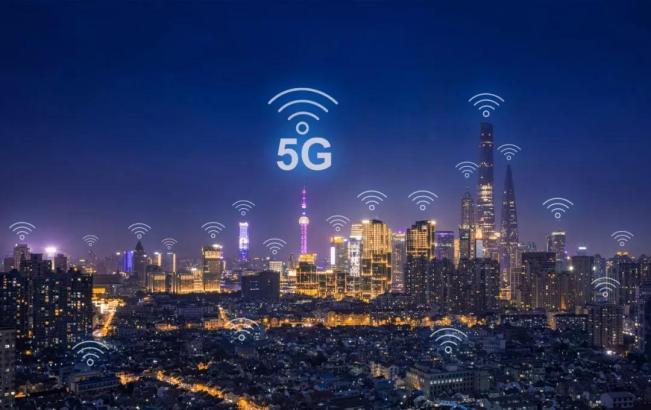5G large-scale applications will emerge in the next two to three years

5G communication technology has entered a new stage of
cross-border integration, integrated innovation and large-scale development.
When will there be a killer application (Killer Application)? How will it
profoundly affect the production methods and lifestyles of the entire world?
The 2021 World Internet Conference Wuzhen Summit "5G Empowerment:
Innovation Drives High-quality Economic Development" sub-forum, on the
27th, a number of innovative changers were invited to look forward to the
future development trend of 5G.
According to the "China Internet Development Report
2021" just released, China's 5G network construction speed and scale rank
first in the world. As of June this year, the total number of 5G base stations
in China has reached 961,000, accounting for more than 70% of the world's
total. It has achieved prefecture-level cities. Full coverage.

Bruce McConaughey, president and CEO of the East-West
Institute of the United States, participated in every World Internet Conference
and witnessed the many changes that 5G deployment has brought to China. He
believes that with the deployment of 5G to devices used by humans and machines,
more people can enjoy digital resources and digital services, the flexibility
of organization and decision-making has increased, and the mobility has also
increased. "We have seen that in the context of the global epidemic, data
has become a vital asset. The combination of the two elements of 5G and data
has stimulated the potential for accelerated innovation, which will result in
new forms of service. And manufacturing methods.” McConaughey said that 5G
provides users with more digital services and greater convenience, which will
improve production efficiency and promote economic growth and social
development.
Wu Hequan, an academician of the Chinese Academy of
Engineering and an expert on optical fiber transmission networks and broadband
information networks, focuses on the empowerment of 5G on the industrial
Internet. He introduced that the main function of the Industrial Internet is to
collect data at the bottom, analyze the data through the industrial Internet
platform and the enterprise operating system, form a mathematical model, make
judgments on the data, and finally use the App to support decision-making. Now
because of the advent of 5G, an access method has been added to the closed loop
of the Industrial Internet, which connects industrial production equipment in
the form of 5G modules, especially those mobile devices such as material
vehicles, robots, and drones.
"5G industrial modules are not only a parallel access
mode with traditional PLC (programmable logic controller), but also a new
generation of information technology can be integrated together to become a new
industrial gateway, which will help promote the flattening of the industrial
Internet. , IP, and wireless.” Wu Hequan believes that since 5G itself
considers the needs of connecting enterprises, the new architecture of the 5G
enterprise network and the new industrial gateway have created a new pattern of
industrial Internet, which can enhance my country’s The independent and
controllable ability in the development of the Industrial Internet has
effectively promoted the digital transformation of the industry and empowered
the high-quality development of the industry.
At present, the global 5G competition track has gradually
shifted from "built" to "used". Yu Xiaohui, president of
the China Academy of Information and Communications Technology, believes that
the 5G capabilities at this stage need to be transformed into practical
applications in three steps-the first step It is the experience optimization
stage, that is, 5G is loaded into the current application for optimization and
upgrade; the second step is to achieve more interactive functions; the third
step is the emergence of a new type of terminal, like an XR (extended reality)
immersive experience. Come with more new experiences and possibilities。
So far, 5G applications involve almost all fields and
industries of social life. The past two years have been the initial stage.
Basic scene adaptation has been achieved in some key industries, and efforts
have been made to solve the consequent problems of cost, network engineering,
and operation mode. Yu Xiaohui believes that large-scale applications will
emerge in the next two to three years, and all 5G industrialization and
standardization processes will be basically completed by then. What else can we
do in the next step? Yu Xiaohui said that what we have done the most is
incremental innovation. For example, factory inspection and grid inspection are
very typical empowerment through incremental innovation, but can there be
killer applications in the 5G era? It will depend on the cooperation of the
communications industry and other industries.